| Author |
Message |
    
Flybysr1
| | Posted on Tuesday, January 26, 2016 - 09:51 pm: | 





|
JC's pictures are the exact pictures I copied and used as a spec at my local shop. I got my rotor back today. I'm stoked. I'll do some pix tomorrow. |
    
Bubba_
| | Posted on Wednesday, January 27, 2016 - 12:36 pm: | 





|
Thanks Flyby and JC

i got to find a good machinist around here |
    
Flybysr1
| | Posted on Friday, January 29, 2016 - 11:07 pm: | 





|
My rotor is ready to be installed now. I'm waiting for a new flywheel nut to be delivered. I started off thinking I would do the Hildstrom air cooled fix in my garage, then I took it apart and got a good look at the system. I work in the heart of American Automotive Industry, so I thought I should take a deeper look at how to cool the stator.
I deal with paint automation so I have a lot of experience dealing with fluid dynamics. Automotive paint is all applied using bell technology which use spinning 65 mm cups.
The point of the oil passage is to cool the windings on the stator. I looked at the design of the hole from EBR and tried to see where the oil would be deposited and it doesn't seem to be correct. Below 3000 rpm the oil will be caught by hub and not actually reach the windings other than minor splashes.
I changed the angle of the oil hole jet. This angle directs oil away from the center hub and into the area of the windings, which will have a major improvement in cooling at idle and low rpm. I took a few measurements and made a crude sketch.
The hole at the crank ended up farther away from the shaft but this improves the velocity of the oil exiting the hole.
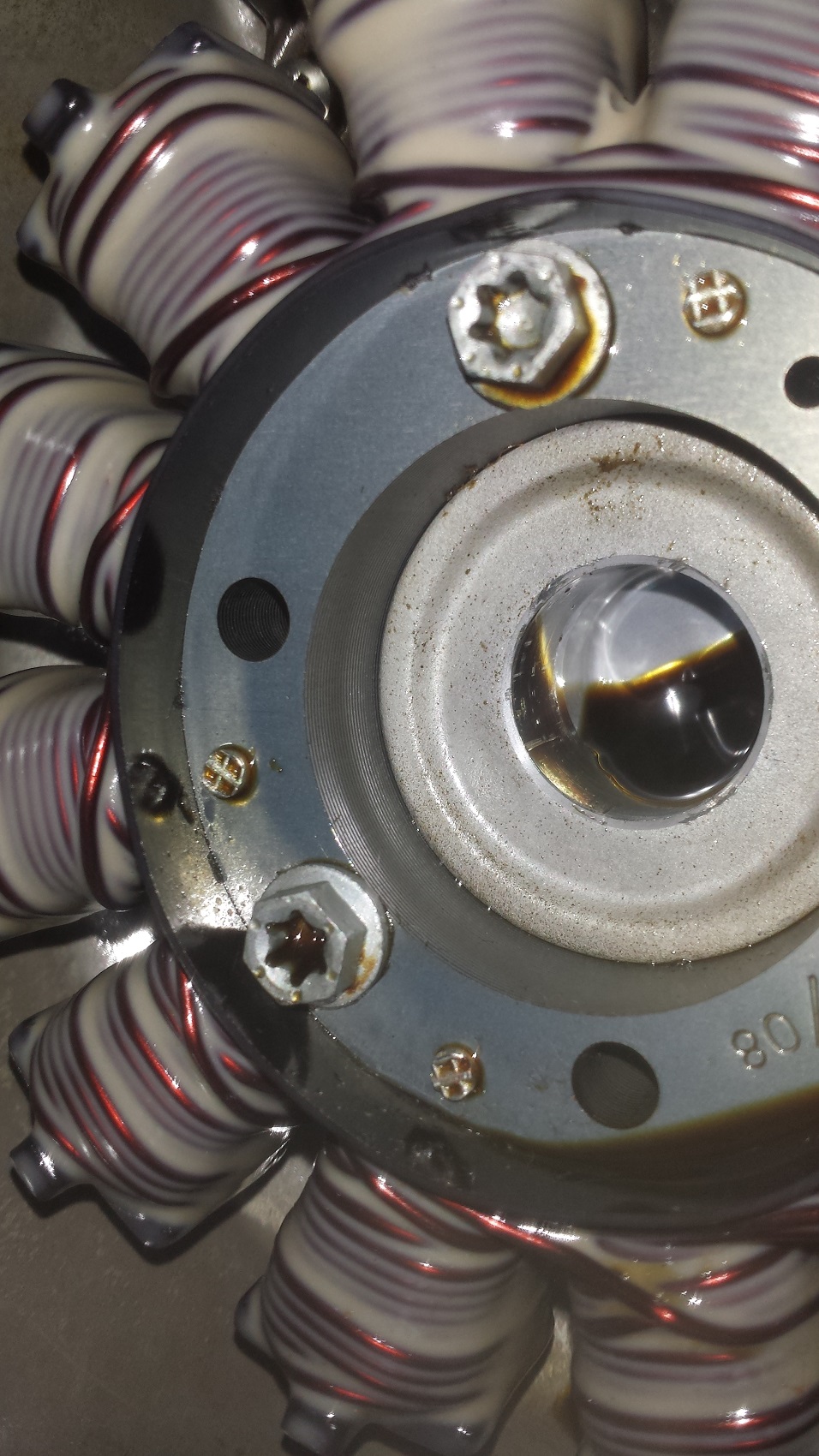
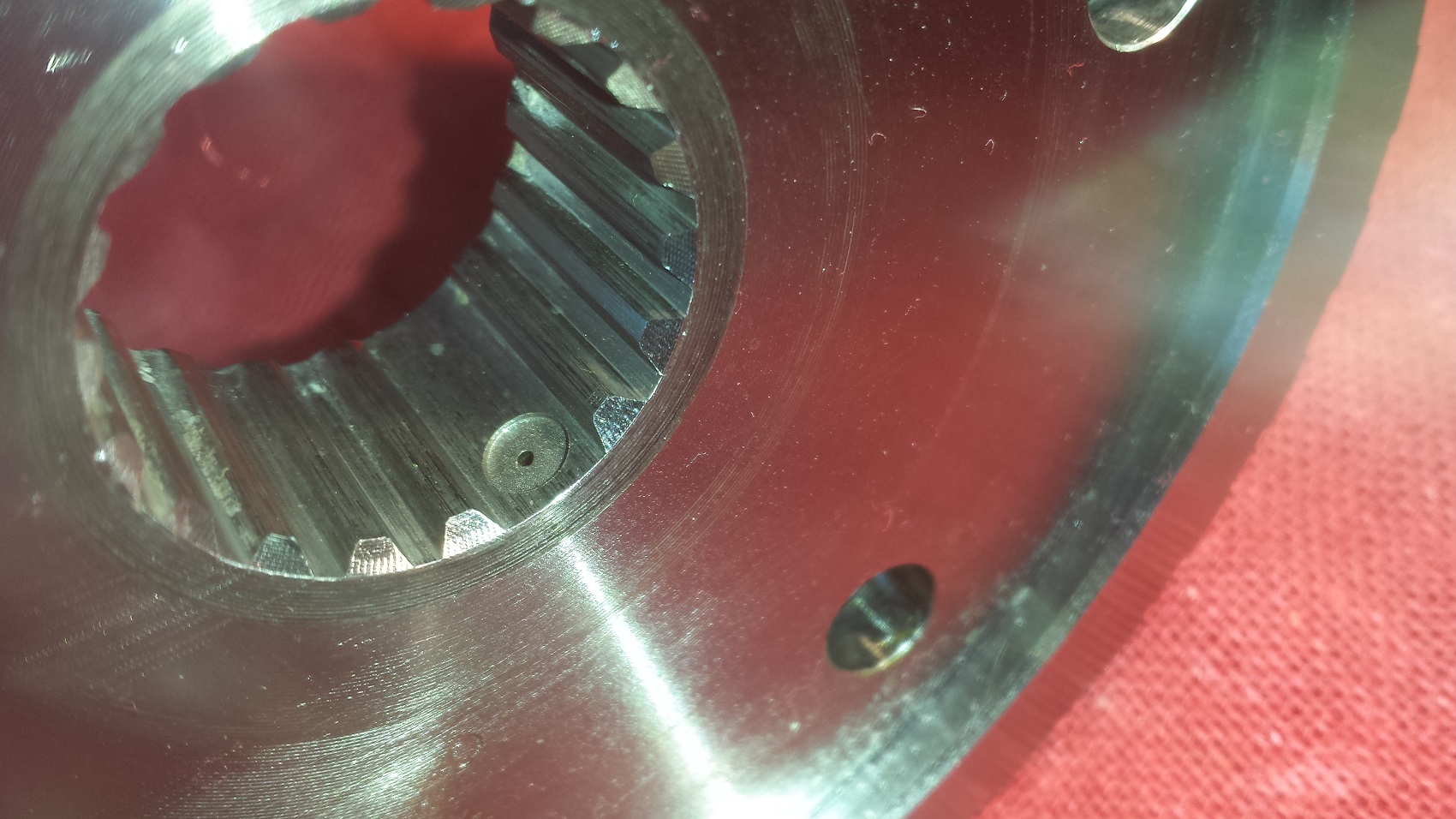
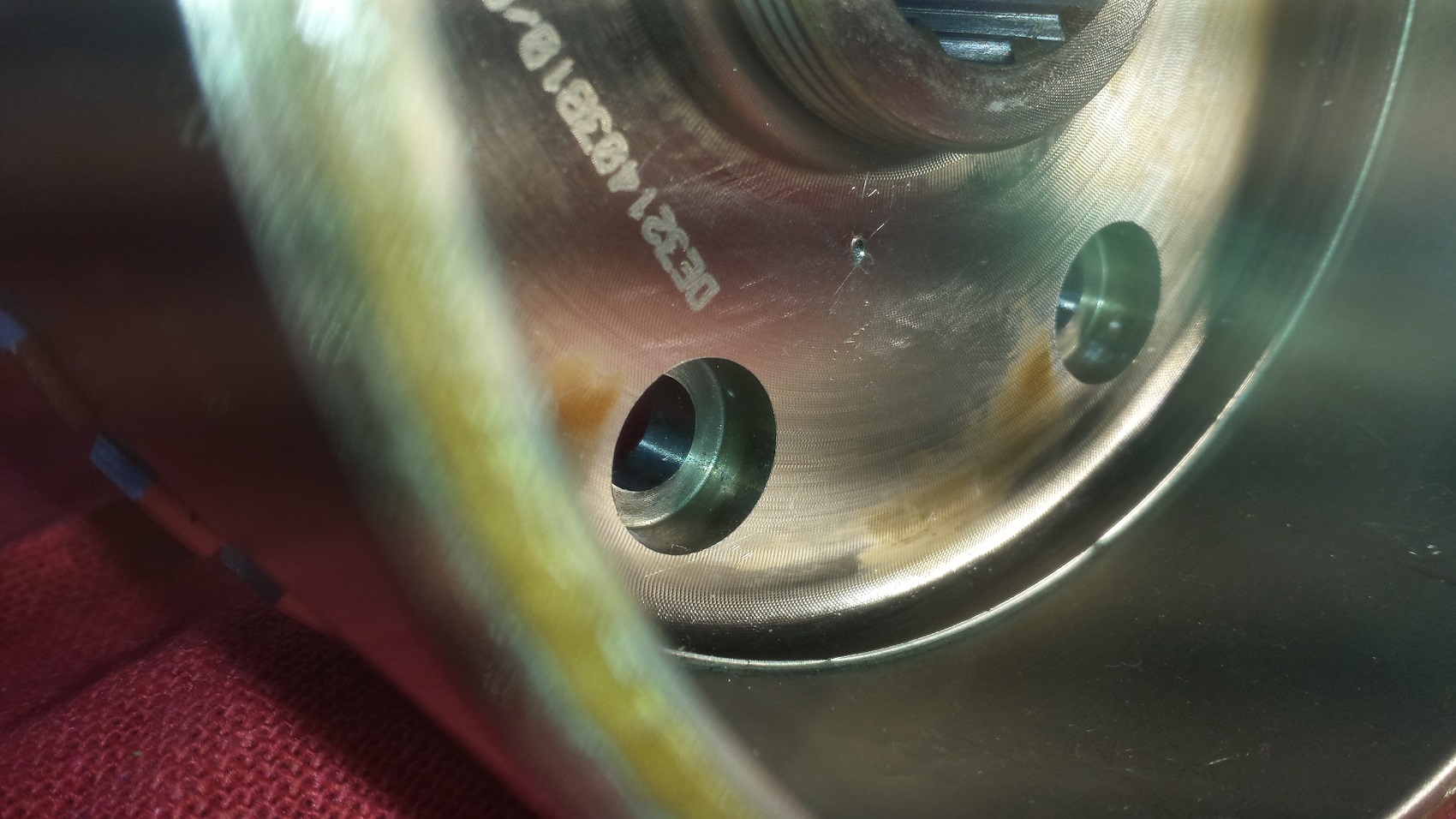
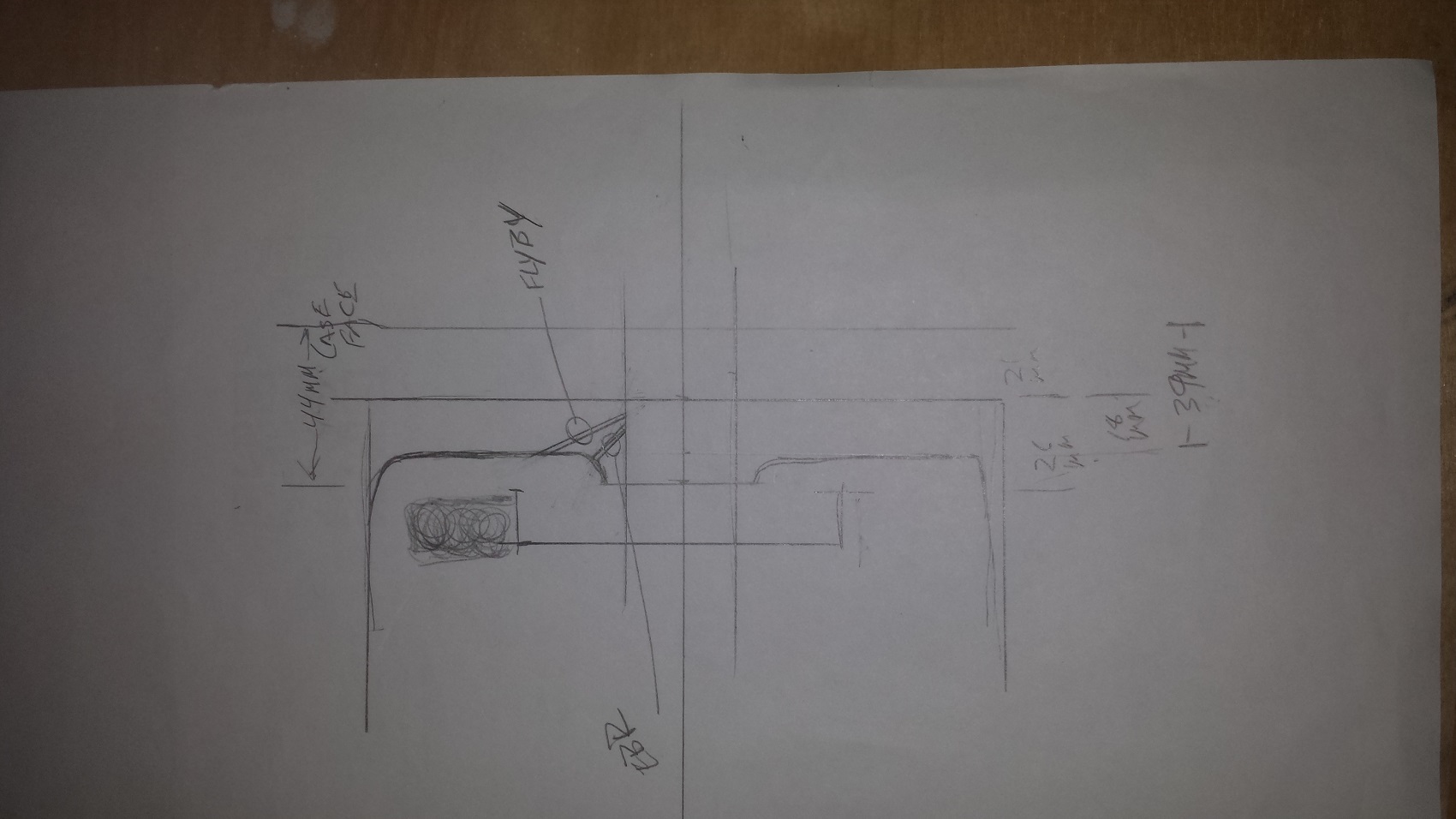
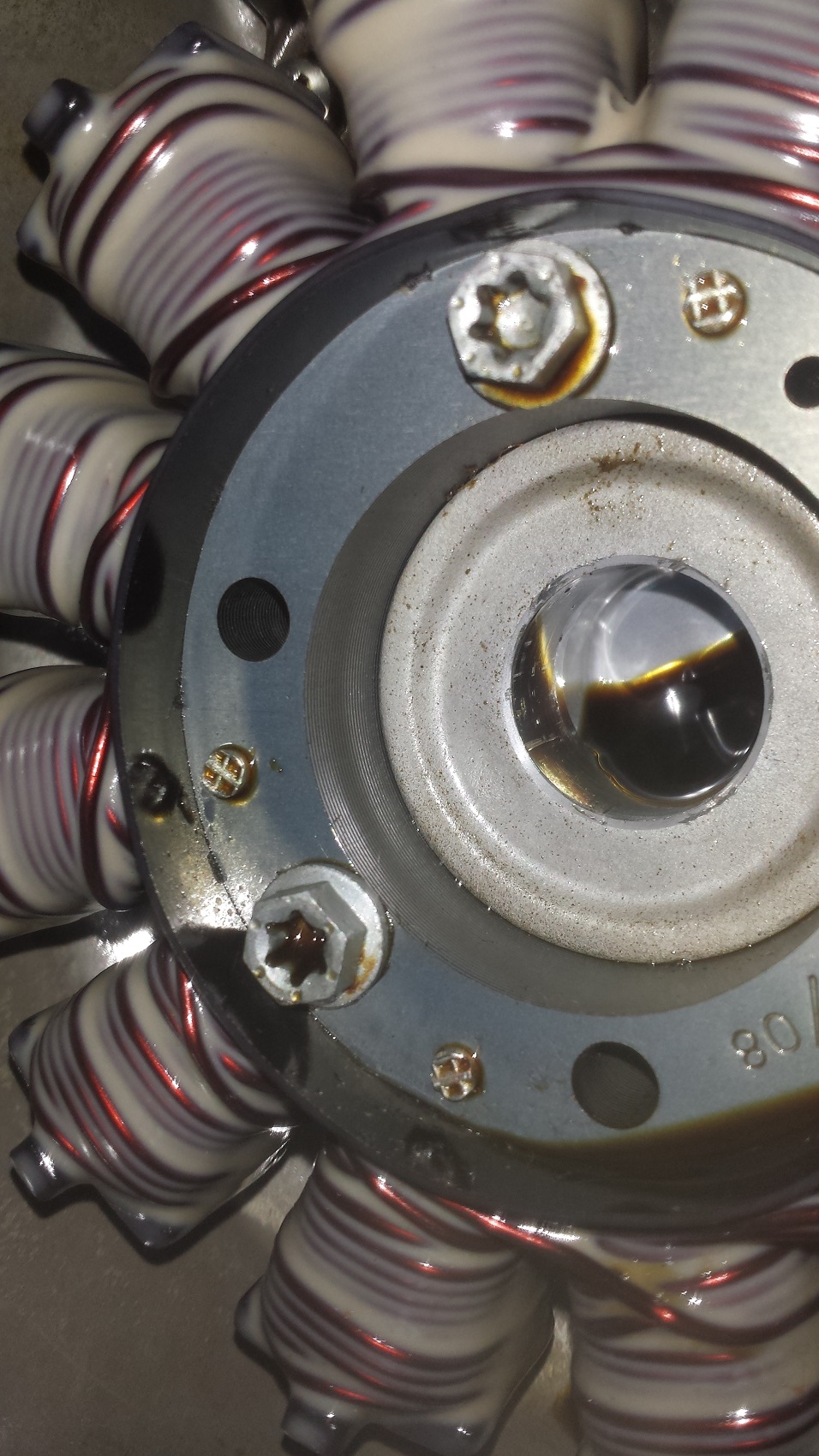
|
    
Bubba_
| | Posted on Saturday, January 30, 2016 - 08:49 am: | 





|
thanks for the pics and your concept. very interesting.
think i see adjustment you made; I'd understand it better with the stator cover off and looking inside i expect.
will you reassess at some point? is there any way of knowing how successful you were w/o having to ride 35,000 miles?.

that was done w/ EDM.. right? |
    
Flybysr1
| | Posted on Saturday, January 30, 2016 - 10:31 am: | 





|
I did a terrible job at that sketch. When I get it done I'll put together a better drawing. I could set up a lab test to prove it as iI have access to a lab at work, but I'm pretty sure I have right. The EDM shop is near my office. The real question I would like to get others input on is:
I am assuming the heaviest load on the windings is during low rpm can anyone corroborate?
If this true this design will shoot a stream of oil straight at the windings below 3k rpm. Above it will atomize the oil and mist the windings. |
    
Dannybuell
| | Posted on Wednesday, February 10, 2016 - 12:07 am: | 





|
>>I am assuming the heaviest load on the windings is during low rpm can anyone corroborate?
the least amount of cooling, the lowest voltage, the highest engine temperatures all occur at low RPM's, right?
You may be on to something. |
    
Terrys1980
| | Posted on Wednesday, February 10, 2016 - 05:10 am: | 





|
What happens to the body after a sprint? You don't sweat much while running but as soon as you slow down the heat saturates, less wind cooling and you start sweating a lot.
Part of it is that the stator puts out so much current regardless if the bike needs it or not which heats up the stator. And if you have a shunt type VR it will be harder on the stator than a series regulator. |
    
Bubba_
| | Posted on Wednesday, February 10, 2016 - 01:38 pm: | 





|
the only 'series' type VR i've seen referenced here is the CE-605;
correct?
i've seen other replacements.. "improved" or "mofset" type; but no other "series" that i recall
please correct me if i'm wrong |
    
Terrys1980
| | Posted on Wednesday, February 10, 2016 - 02:01 pm: | 





|
I'm no VR expert but yes the CE-605 is a common replacement.
Luckily I sold my 1125 before I really had to dig into eletrical issues. Had over 6k miles on stock parts. |
    
Classic_physique
| | Posted on Tuesday, April 26, 2016 - 11:42 am: | 





|
What did it cost you Flybysr1? |